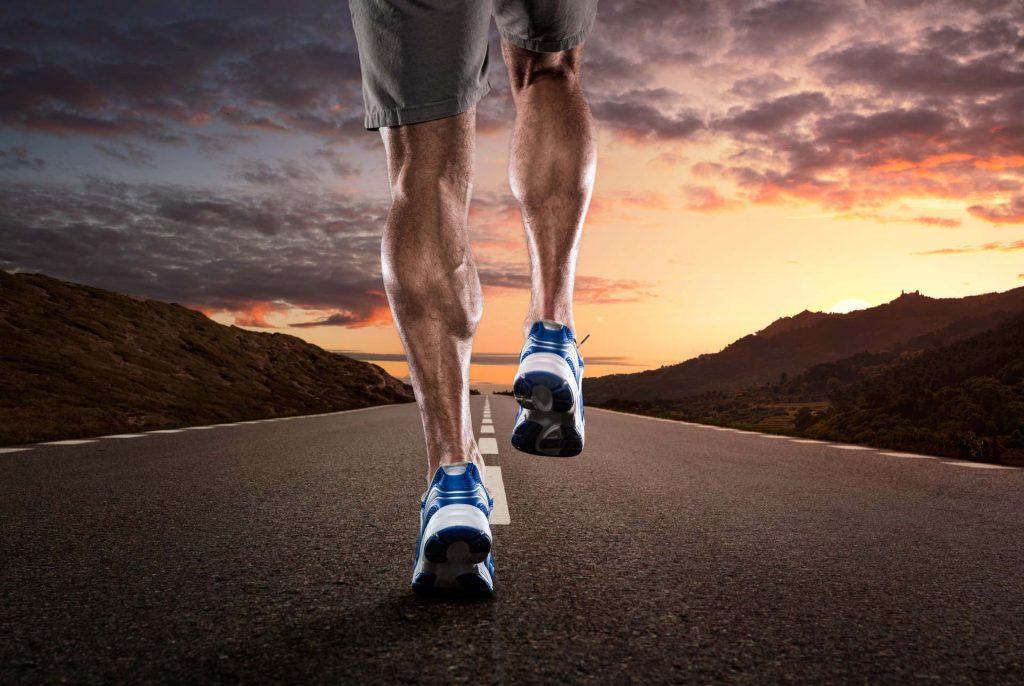Should I train my calves?
By Physiotherapist, Paulina Backiel
The calf is actually made up of two muscles:
- Gastrocnemius is the superficial muscle that we can see (composed of 2 muscles)
-
- Medial gastrocnemius muscles
- Lateral gastrocnemius muscle
- Soleus, which lies under the gastrocnemius

Both of these muscles are the main muscles that help propel us forwards during the push off phase of walking or running. The medical term used to describe the action of the muscle is “Plantar flexion.”
So you may ask why are these muscles so important? Well, first, I have a question for you.
How many people walk at the grocery store, walk at work or like to go for a run? If we are doing all these activities, why don’t we consider training these muscles? Research has shown that individuals who have weak calf muscles tend to be more sedentary. Also, older populations have higher risk of falls, decreased balance ability, and greater mobility problems due to weak calf muscles. In addition, the soleus muscle takes almost 7x your body weight when running. That’s pretty crazy! This is another reason why it is important to have strong and healthy functioning calves.
So, what is a strong and healthy calf? A recent 2017 study by Herbert-Losier et al. looked at over 500 healthy active people, straight leg calf raise norms for age group and gender are as follows:
20-29yo: Males 37 reps, Females 30 reps
30-39yo: Males 32 reps, Females 27 reps
40-49yo: Males 28 reps, Females 24 reps
50-59yo: Males 23 reps, Females 21 reps
60-69yo: Males 19 reps, Females 19 reps
70-79yo: Males 14 reps, Females 16 reps
80-89yo: Males 10 reps, Females 13 reps
How many can you do? Give these exercises a try, or come into the clinic to visit with a physiotherapist and learn more about how you can strengthen your lower body.
References
- Hébert-Losier, K., Wessman, C., Alricsson, M., & Svantesson, U. (2017). Updated reliability and normative values for the standing heel-rise test in healthy adults. Physiotherapy, 103(4), 446-452.
- Hamner, S. R., Seth, A., & Delp, S. L. (2010). Muscle contributions to propulsion and support during running. Journal of biomechanics, 43(14), 2709-2716.
Dorn, T. W., Schache, A. G., & Pandy, M. G. (2012). Muscular strategy shift in human running: dependence of running speed on hip and ankle muscle performance. Journal of Experimental Biology, 215(11), 1944-1956.

